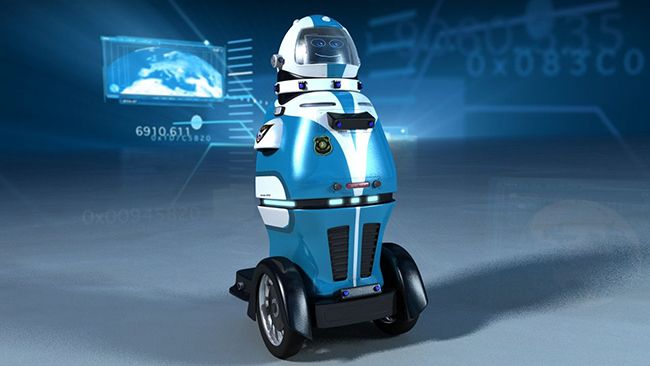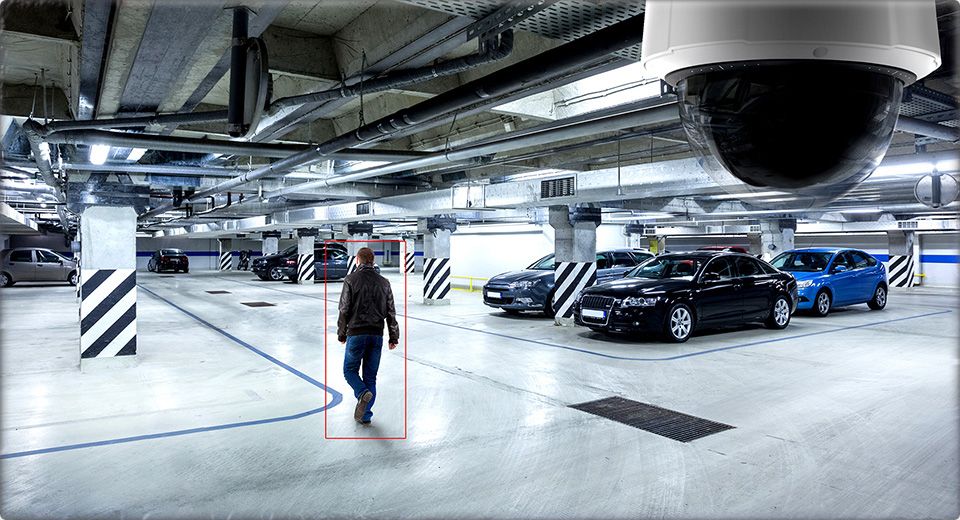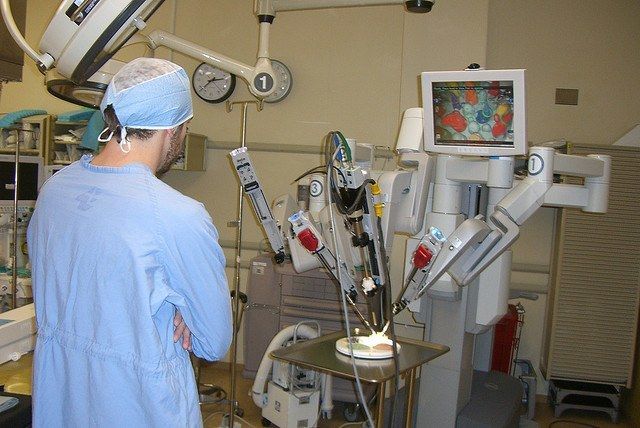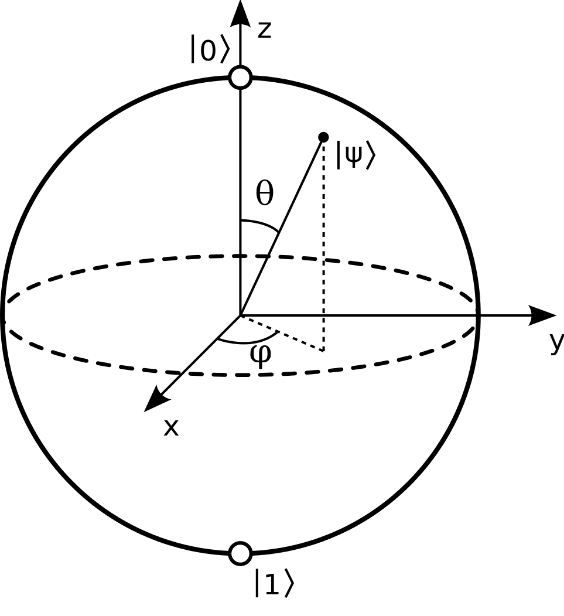BeeHex has engineered a robotic 3D printer that can make any type of pizza. Here’s how it works.




Mass killings in US and Europe during 2015 & 2016: Pulse in Orlando — 49 killed; Brussels — 32 dead; Paris — 150 dead; San Bernardino 14 dead… With these numbers we have to assess could Robots equipped with sensors, communications, Tasers and other defenses be used for security guards to protect buildings and public areas and events as a defense to save lives. I believe getting robots equipped with sensor technology as well as other equipment could help towards combating terror. Also, drones should be looked at to be used in conjunction with these bots.
Gamma 2 Robotics introduced its new RAMSEE security patrol robot at Hexagon’s international conference HxGN LIVE, which is being held June 13–16 in Anaheim, California. The launch is part of a new partnership with Hexagon Safety & Infrastructure.
RAMSEE is a physical presence that patrols autonomously without supervision and provides real-time data on intruders, motion, heat, fire, smoke, gas and more. the company says in a news release.
“RAMSEE will change the world of security because it never rests and operates at a fraction of the cost paid for other security services,” says Lew Pincus, chief executive officer, Gamma 2 Robotics. “We built RAMSEE to be ideally suited for the overnight dull, dirty and dangerous patrols nobody wants to do. These are the jobs for which the security industry struggles to find staffing.”

Provided the variants for intelligence can be figured out and the genetic editing tools sufficiently refined (no small matter, in either case), Hsu thinks there’s an incredible potential for improvement. He’s written for the science magazine Nautilus that his calculations from the work at BGI indicate a potential for “very roughly, about 100 standard deviations of improvement, corresponding to an IQ of over 1,000.”
That’s a level of intelligence beyond what we can comprehend right now.
At the same time, we’re not just working on improving biological intelligence. We’re also working on artificial intelligence and machine learning. Smarter humans might be better able to solve those problems, helping us create smarter machines. Smart machines capable of processing big data are already essential for efforts to understand millions of human genomes. These things work together.

With the element of terrorists in society today; things like video data/ information and biometrics will grow increasingly in demand within the immediate years a key peice that will require improvements in the timely performance and interpretation of the information via the technologies used to collect, analyze, interpret, and present the information to users as well as respecting the privacy of innocent civilians. However, Civilians will also need to do their own part in reasonableness of when and why certain sets of data must be collected.
The Intelligence Advanced Research Projects Activity (IARPA), a division of the Office of the Director of National Intelligence, will host a Proposers’ Day Conference for the Deep Intermodal Video Analytics (DIVA) program on July 12, 2016, in anticipation of the release of a new broad agency announcement (BAA) solicitation.
The purpose of the conference, which will be held in Washington, DC, will be to provide information on DIVA and the research problems the program aims to address, to address questions from potential proposers and to provide a forum for potential proposers to present their capabilities for teaming opportunities.
The DIVA program will be designed to develop robust automated activity detection for a multi-camera streaming video environment. As an essential aspect of DIVA, activities will be enriched by person and object detection, as well as recognition at multiple levels of granularity. DIVA is anticipated to be a three-phase program.

Agree. So as a tech engineer, futurist, innovator, leader you have 3 key tracks to remain relevant in the future: bio/ living technology, quantum, and a hybrid of living/ bio meets quantum computing.
Editor s Note: Richard van Hooijdonk is a futurist and international keynote speaker on future technologies and disruption and how these technologies change our everyday lives. Van Hooijdonk and his international team research mega trends on digital health, robotic surgery, drones, the internet-of-things, 3D/4D printing, Big Data and other how new technologies affects many industries.
With people living increasingly longer lives, medical care from surgeons, physicians, pharmacists and dentists will increase as well. And since the future of healthcare will look very different from what it is today, the medical field may just be the right industry for you, even if being a doctor or nurse is not your calling. Many new technologies will be incorporated into the healthcare industry and we will see things like robotic surgeries and 3D-printed organ implants, to name a few. This means we will be seeing a whole new host of career opportunities, even for jobs that don t actually exist yet.
1. Healthcare Navigator Guides patients through the complex medical system of the future
Being sick can be extremely stressful to yourself, the doctors and nursing staff. But your family and loved ones also have a lot to deal with when you are ill. Technology will make healthcare more and more complex to navigate in the future. We ll be introduced to bio-printers, electronic pills, 3D-printed medication, surgical robots and DNA manipulation. To make sense of all these new technologies and treatments, and guide the patient as well as family members, healthcare navigators will become indispensible.

Over the next 3 to 5 years you will see more and more in tech (medical/ bio, chip/ semiconductors, software, AI, services, platform, etc.) adopting QC in their nextgen products and services. We’re (as in Vern B. — D-Wave co-founder and CEO terms) in the Era of Quantum Computing. I highly urge techies to learn about QC so that you remain relevant.
Google is being driven by need to prevent the NSA from breaking into its system to access confidential personal data of its millions of users. On the other hand, the NSA is bent on cracking the tough encryption systems Google and other tech firms use to shield their information from them. Quantum computers will attain this aim for both Google and the NSA.
Google recently said it’s gotten closer to building a universal quantum computer. A team of Google researchers in California and Spain has built an experimental prototype of a quantum computer that can solve a wide range of problems and has the potential to be scaled up to larger systems.
The Google prototype combines the two main approaches to quantum computing. One approach constructs the computer’s digital circuits using quantum bits or qubits in specific arrangements geared to solve a specific problem. The other approach is called adiabatic quantum computing (AQC).

There’s a saying among futurists that a human-equivalent artificial intelligence will be our last invention. After that, AIs will be capable of designing virtually anything on their own — including themselves. Here’s how a recursively self-improving AI could transform itself into a superintelligent machine.
When it comes to understanding the potential for artificial intelligence, it’s critical to understand that an AI might eventually be able to modify itself, and that these modifications could allow it to increase its intelligence extremely fast.
Once sophisticated enough, an AI will be able to engage in what’s called “recursive self-improvement.” As an AI becomes smarter and more capable, it will subsequently become better at the task of developing its internal cognitive functions. In turn, these modifications will kickstart a cascading series of improvements, each one making the AI smarter at the task of improving itself. It’s an advantage that we biological humans simply don’t have.

Smart man.
Android creator Andy Rubin has several tricks up his sleeve. Rubin’s company Playground is currently tinkering with quantum computing and smartphone AI, and he believes that this combination could create a conscious intelligence that would underpin all of technology.
Rubin and his team of roughly fifteen engineers, who hold experience in everything from computer science to mechanical engineering, are currently working with about fifteen other companies to release new and innovative products. Playground enjoys “hatching” new companies within the company and using its vast resources. One such hatchling is a quantum computing firm that Rubin refuses to name. He thinks the company could one day commercialize quantum devices using standard manufacturing processes. Quantum computing has the potential to boost processing power.